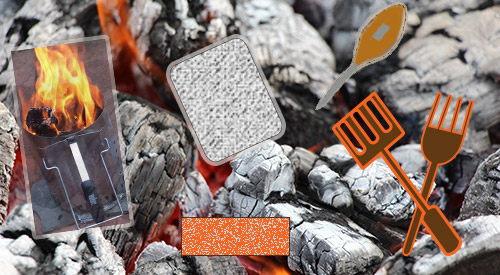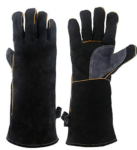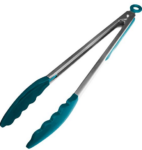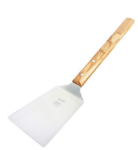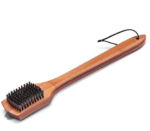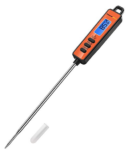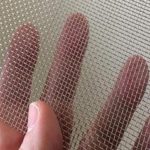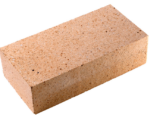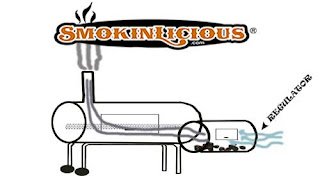
I’ve got a one pan dish that is easy to construct with the best part being you can do the entire recipe on your LP/Gas grill.
Grab your prized zucchini and get to the grill and I’ll show you how easy this technique and recipe are for a great meal.
Zucchini Prep

The grill set up is the easiest part. Simply lite the burners on only half the grill. Place wood chunks either directly on the heat shields located under the grill grate or in a smoker box placed on top of the grill grate of the lit burners. Allow to heat up for about 10 minutes. Then place the pan of cut zucchini on the unlit side of the grill and close the lid.
Tasting Notes: You do have an option to slice your zucchini lengthwise into quarters and grill directly on the grate. Know this will produce stronger wood flavoring to the finished product and you will still need to cut the zucchini down into bite-size pieces.
Ragout Ingredients
Although ragout in Italian traditional means a sauce made from root vegetables and fruits, I felt it was a suitable term for our tomato-jalapeno based sauce. In addition to your zucchini, you’ll need the following ingredients:- 3 large tomatoes, diced
- 1 jalapeno, diced
- 1-1/2 cups pasta sauce
- Basil- 2 tablespoons
- 2 tablespoons oregano
- 2 tablespoons parsley
- 1 tablespoon garlic powder
- Fresh ground pepper
- 10 oz. tortellini
- ¼ cup shaved Parmesan and Asiago cheese
Tasting Notes: This can be a spicy dish so if you only like a mild kick add ¾ cup of ricotta cheese when the pasta sauce and herbs are added.
Finale
 The
final step to our grilled zucchini with tomato pepper ragout is to add
the tortellini. You may wonder how tortellini will cook without any
water. Essentially, you only need a little liquid with heat to produce
enough steam to cook the tortellini. The best part is you won’t have
any pasta that is soggy and unable to hold its form.
The
final step to our grilled zucchini with tomato pepper ragout is to add
the tortellini. You may wonder how tortellini will cook without any
water. Essentially, you only need a little liquid with heat to produce
enough steam to cook the tortellini. The best part is you won’t have
any pasta that is soggy and unable to hold its form.After adding about 10 ounces of tortellini – mine happens to be filled with spinach – the ¼ cup of shaved asiago and parmesan cheese are added. Everything is mixed well and left on the grill until the tortellini are tender. That’s it! Everything completely made on the grill and absorbing the great wood flavor from our SmokinLicious® chunks. This is a great starter recipe that you can easily modify to fit your taste.
Now you need to try to Pan Cook Zucchini on the gas grill with wood!
